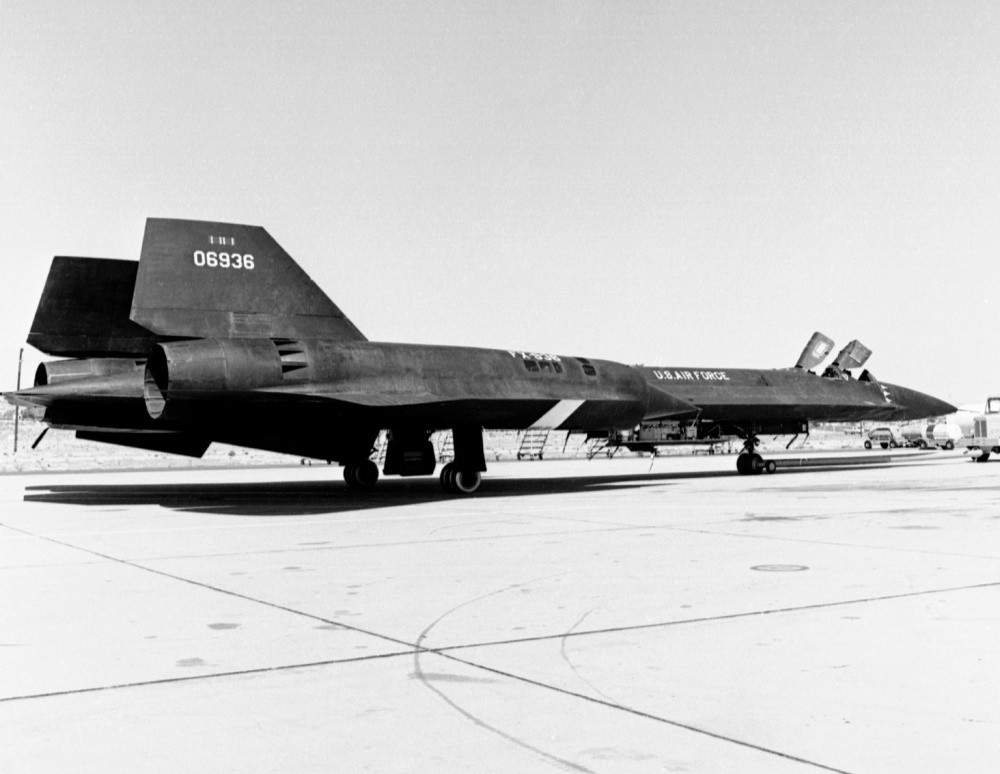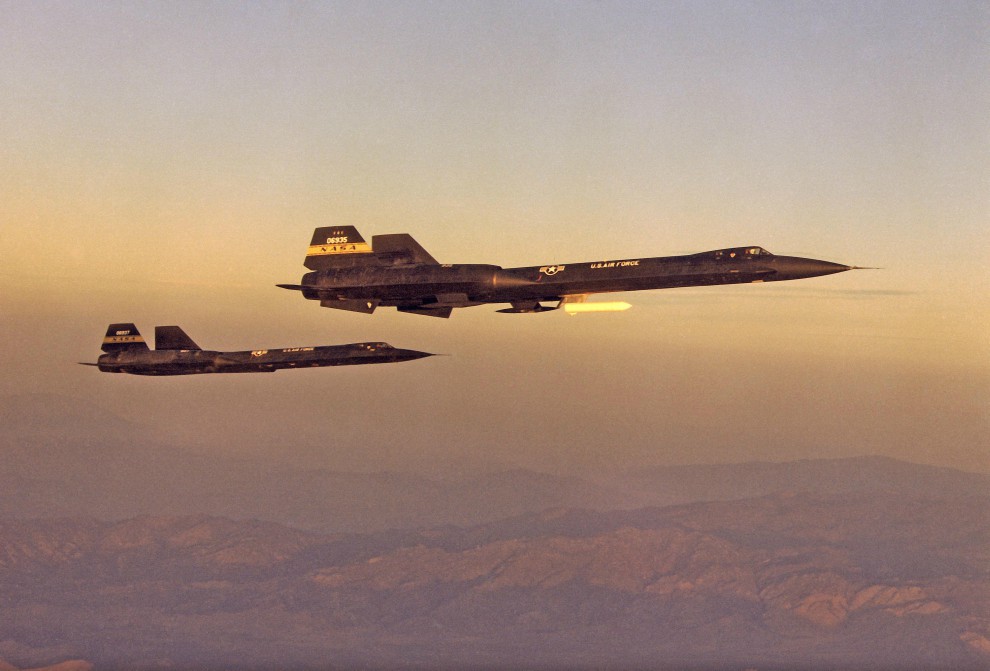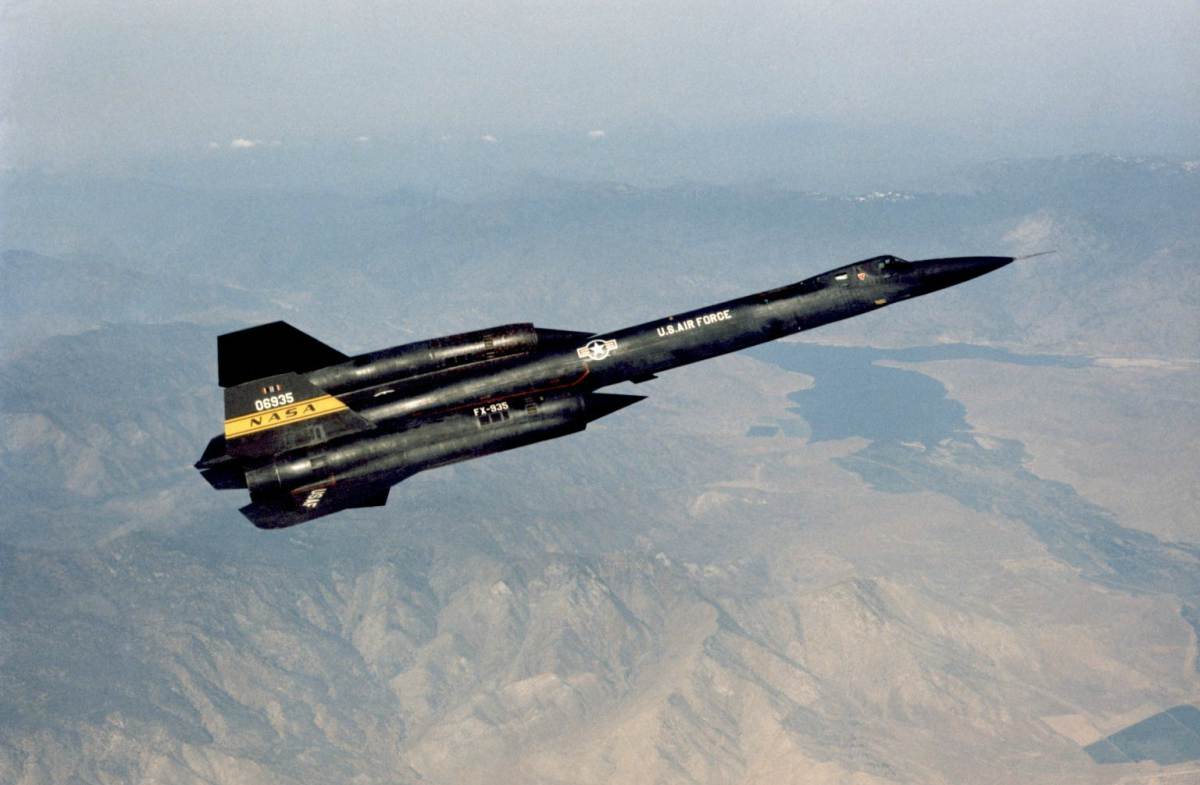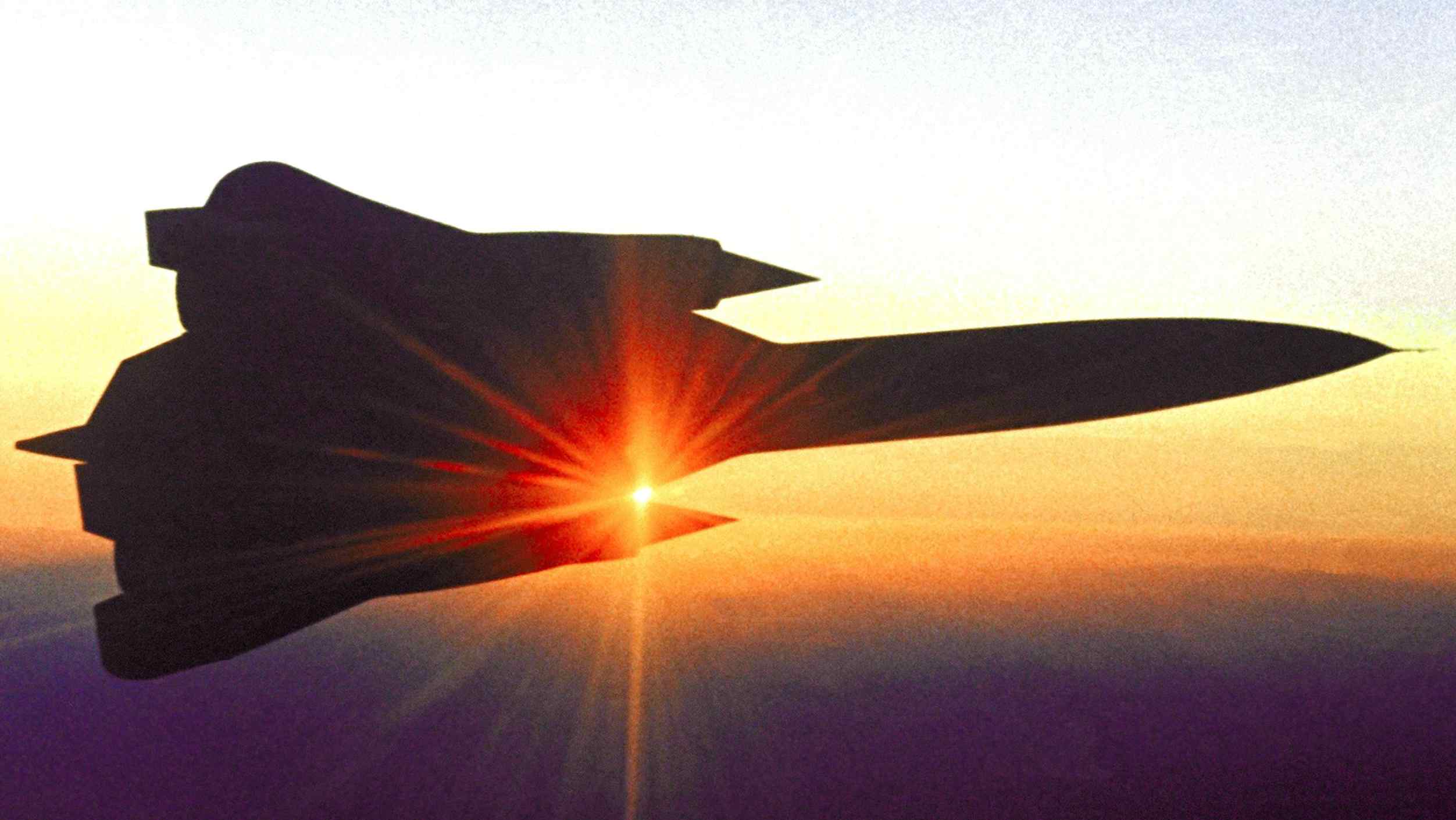Lockheed YF-12 Blackbird Fighter-Interceptor
For the past four decades, the Lockheed SR-71 “Blackbird” owns the record for fastest aircraft in the world. But without the trials and tribulations of its younger sibling, the experimental Lockheed YF-12 fighter-interceptor, the SR-71 never would have broken that barrier. The Lockheed YF-12, officially announced by President Lyndon Johnson in 1964, never flew as an operational aircraft for the military. That’s not to say it wasn’t useful, though. In its nine-year existence as a reconnaissance aircraft, it provided NASA and Air Force with 450 flight hours of critical information based on its ability to sustain a cruise speed of over Mach 3.

YF-12 History
Design and production on the YF-12 began in secret in the late 1950s with speed and stealth in mind. Because of the unprecedented rate of speed and the ensuing massive amount of friction on the aircraft, titanium alloy was used for the fabrication of most of the machine. Titanium alloy can withstand up to 500 degrees Fahrenheit. The Lockheed A-12 line gave way to the YF-12, which later gave way to the Lockheed SR-71.
The first flight for the YF-12 experimental aircraft took place on August 7, 1963. The development and initial flights were kept totally secret until President Johnson officially announced the YF-12 line on February 24, 1964.
Only three YF-12s were ever made, given the tail numbers: 06934, 06935 and 06936. There’s only one, lonesome aircraft left today.

Lockheed YF-12 Versions
In 1966, one (06934) was involved in a partial crash landing. Not all was lost. Engineers created the only-ever SR-71C Blackbird in part from the back half of the YF-12 that crashed. One YF-12 (06936) experienced a fuel line failure during a test-flight that resulted in a fire in the right engine. That plane met a fiery death in the desert. Don’t worry, both crew members ejected safely and without harm. The only YF-12 still in existence (06935) sits in its final resting place at the Air Force Museum at Wright-Patterson Air Force Base in Dayton, OH.

YF-12 Speed
On May 1, 1965, the Lockheed YF-12 broke speed and altitude records. The aircraft reached a top speed of 2070.101 mph and an altitude of 80,257.65 feet, cementing its place in history. The flight crew of Col. Robert L. Stephens and Lt. Col. Daniel Andre are responsible for breaking those records. The only plane ever to go faster and higher is the SR-71 in 1976, which was designed using information from the YF-12 program. 10 years at the top of the leaderboard ain’t that bad.

Modern Day
Information gathered from flights of the Lockheed YF-12 are still relevant today, over 50 years later. Some of the most intricate in-flight tests in history were conducted during the YF-12 program, with the results lasting much longer than the aircraft. The engineers were able to separate the effects of aerodynamic forces on the aircraft vs. thermodynamic forces while the plane was in flight. The separation of that data had never been done before. While the speed and altitude record belong to a different aircraft, the YF-12 can rest easy knowing that it gave NASA and Air Force some imperative statistical analysis that will affect future generations of supersonic aircraft.
For a comprehensive look at the production and flight history of the Lockheed YF-12 Blackbird, watch this.
See YF-12 Specifications
| Length: 101 feet 8 inches (30.9 m) |
| Height: 18.4 feet (5.5 m) |
| Wingspan: 55 feet 6 inches (16.9 m) |
| Max Speed: Mach 3.2 (2,455.26 mph, 3,951.35 km/h) |
| Ceiling: 80,257 feet (24,462 m) |
| Maximum Takeoff Weight: 127,000 lb (57,606 kg) |
| Combat Range: 2,000 mi (3,218 km) |
| Engine: 2 Pratt & Whitney J58 engines, 32,000 lbs. of thrust each |
| Crew: Two |

